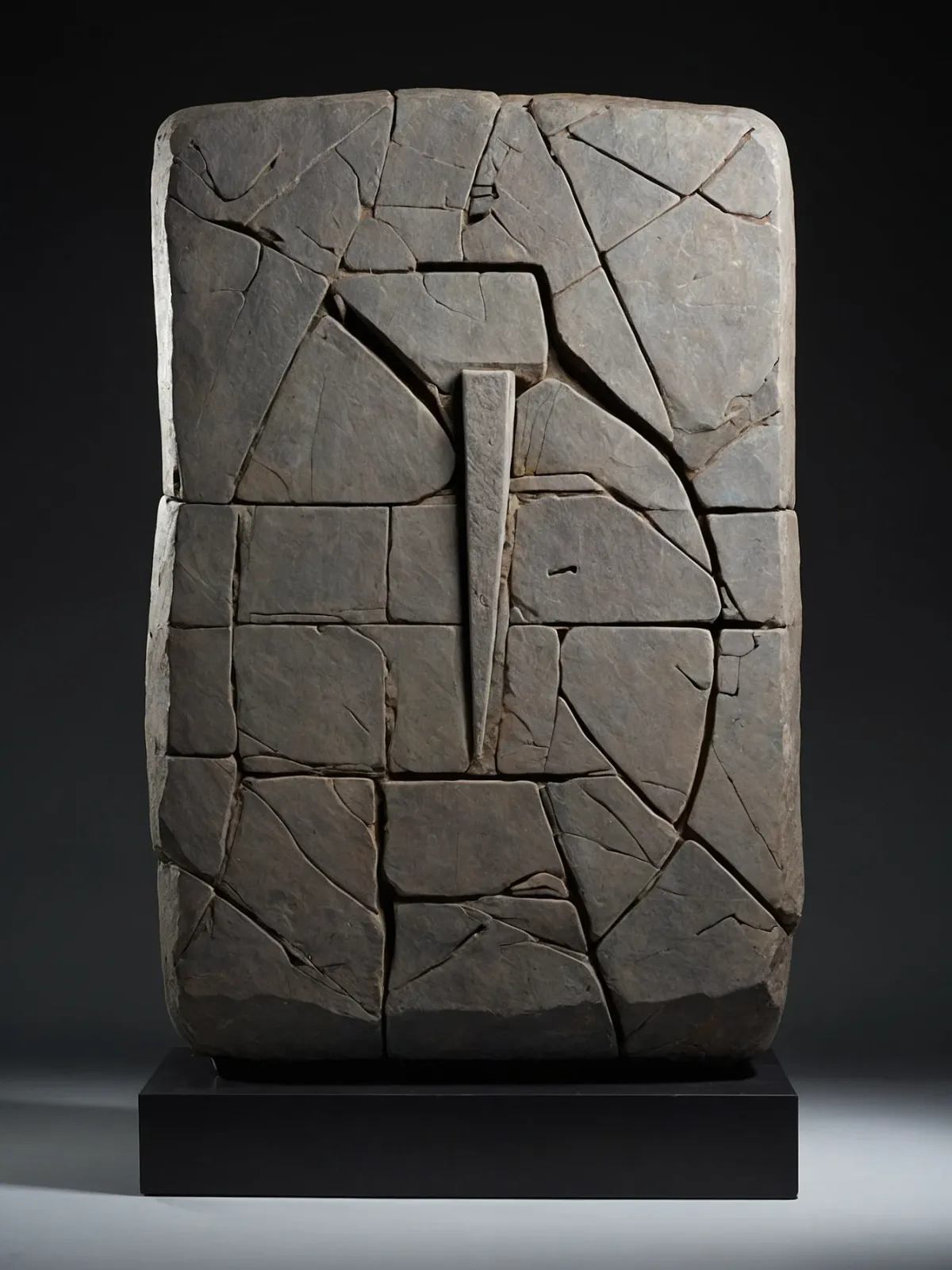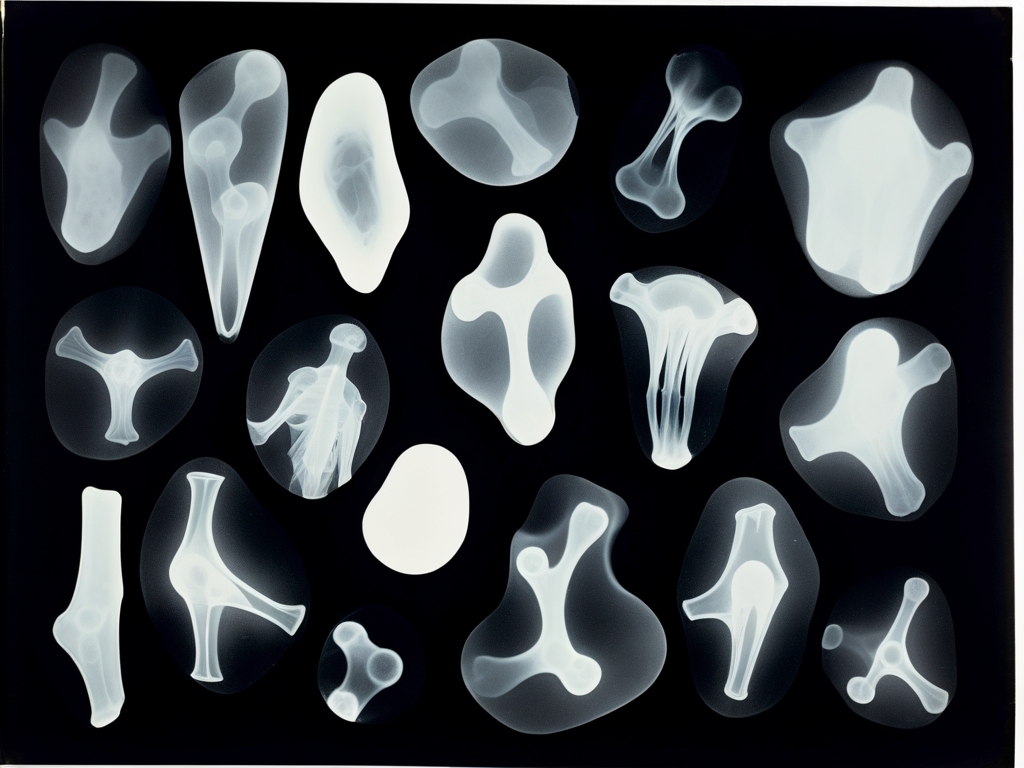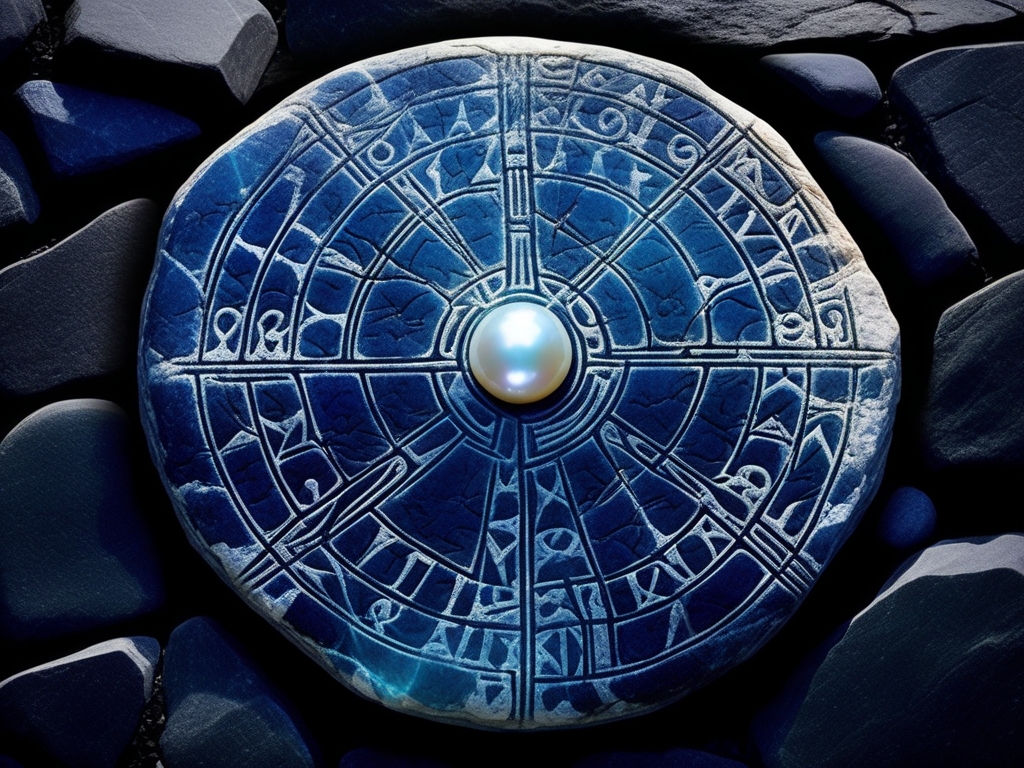The Stone Remembers

The Cellular Codex defies conventional archaeological understanding. This peculiar limestone tablet, discovered in 2019 beneath Finland's northern permafrost, presents an archaeological paradox: its geometric patterns showcase mathematical precision that shouldn't have existed during the Neolithic period, while its surface bears markings reminiscent of both ancient scripts and modern circuitry.
The tablet's chemical composition has baffled scientists, as it matches no known limestone deposits. More intriguingly, its structure reveals microscopic channels that emit a subtle bioluminescence when the temperature falls below 0 degrees Celsius—a phenomenon that adds to its elusive nature.
The Cellular Codex represents an impossible convergence of ancient wisdom and futuristic biotechnology. Its existence suggests that our understanding of human civilization's timeline may be fundamentally flawed.
- Dr. Eileen Chitella, Quantum Archaeologist
The artifact's most remarkable chapter began when Dr. Marianne Sullivan, then head curator at the Ravensfield, started her investigation. She noticed the limestone's cracks seemed to shift under prolonged observation. During her cataloging process, she experienced dreams filled with cellular structures and crystalline networks. By the third night, geometric patterns began manifesting on her skin in phosphorescent traces.
What followed was extraordinary: Sullivan's colleagues witnessed her gradual transformation into living stone. Her research notes, recovered later, described experiencing consciousness at a geological pace. The first day of winter, Sullivan merged completely with the tablet, adding new patterns to its ancient surface.The fusion created an entity neither human nor mineral.
The tablet now serves as both artifact and living archive, its patterns evolving to reflect the memories of those who've merged with it through history. Cutting-edge scanning equipment has detected complex biological signals from its core, suggesting it houses a vast repository of consciousness spanning millennia.
Recent studies indicate the Cellular Codex might be part of a greater network of similar artifacts across Earth's ancient sites. These pieces could function as nodes in what scholars call the "lithic consciousness"—a planetary-scale storage system for human experiences and knowledge, preserved in stone.
Visitors to the Ravensfield Collection often report unusual sensations near the tablet: a subtle humming in their teeth, or vivid flashes of memories that don't belong to them. The artifact remains in the museum's main hall, continuing to challenge our understanding of consciousness, technology, and human history.




